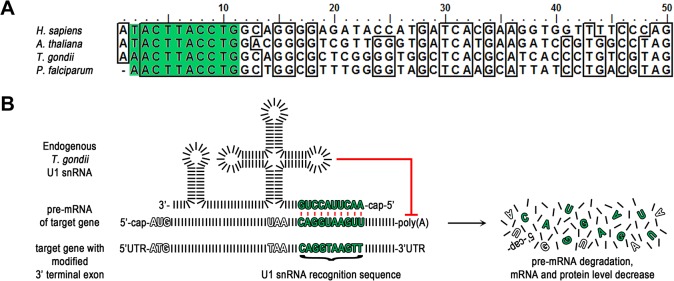Fig 1. U1 gene silencing strategy in T. gondii.

(A) Alignment of the first 50 nucleotides of the U1 snRNAs of the indicated organisms. Shaded in green are nucleotides 2–11 complementary to the artificial U1 snRNA recognition sequence in (B). Nucleotides 3–11 are identical across the aligned species. H. sapiens, Homo sapiens; A. thaliana, Arabidopsis thaliana; T. gondii, Toxoplasma gondii; P. falciparum, Plasmodium falciparum. (B) Schematic of strategy. Modification of the target gene’s 3’ terminal exon by insertion of a U1 snRNA recognition sequence leads to recruitment of the U1 snRNP to the pre-mRNA of the target gene. Base pairing between these 10 complementary nucleotides of the U1 site and the U1 snRNA of the U1 snRNP occurs and the resulting U1 snRNP pre-mRNA complex inhibits polyadenylation and therefore pre-mRNA maturation. For simplification nucleotides are illustrated as black bars and the target gene is intron-less. UTR, untranslated region.
